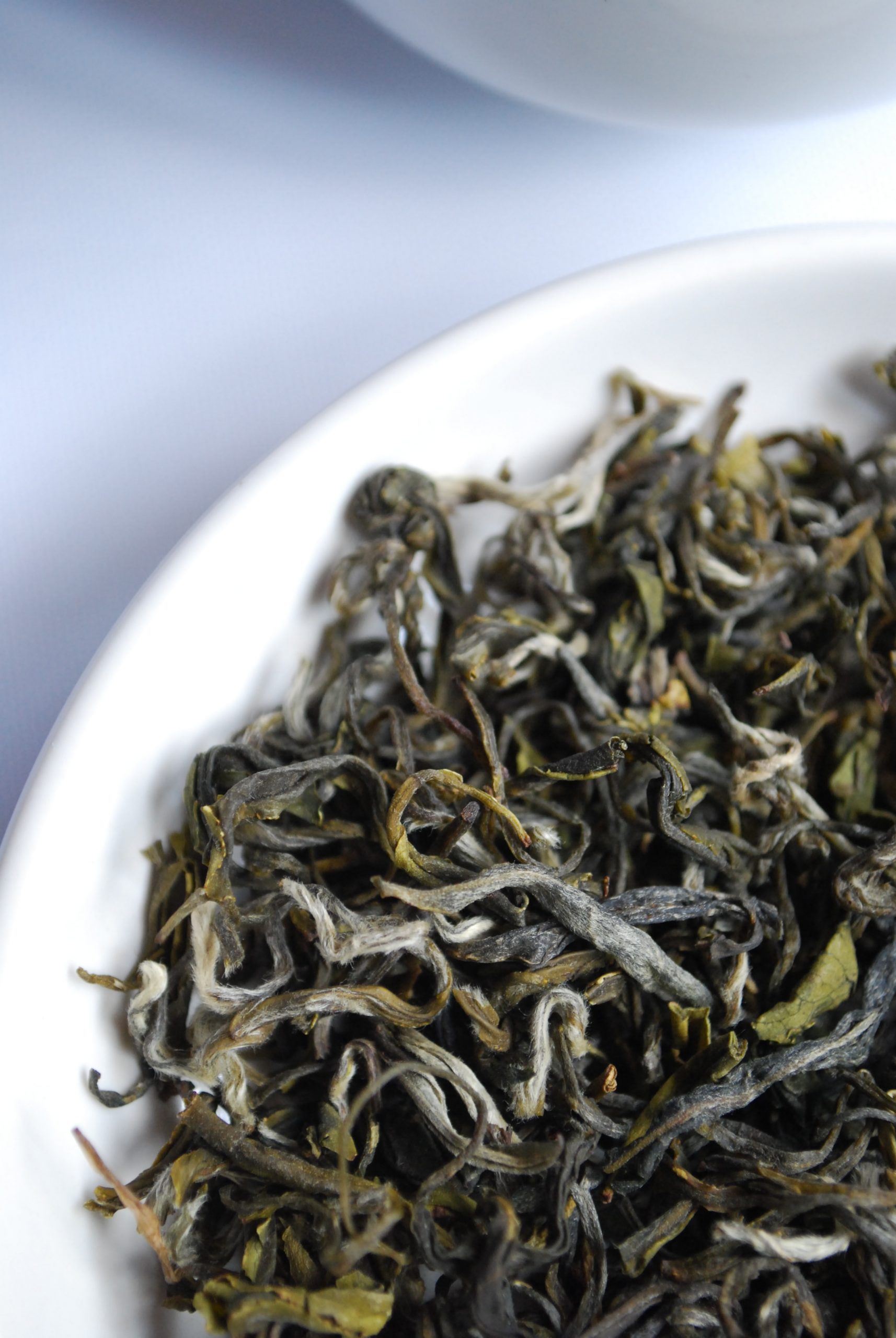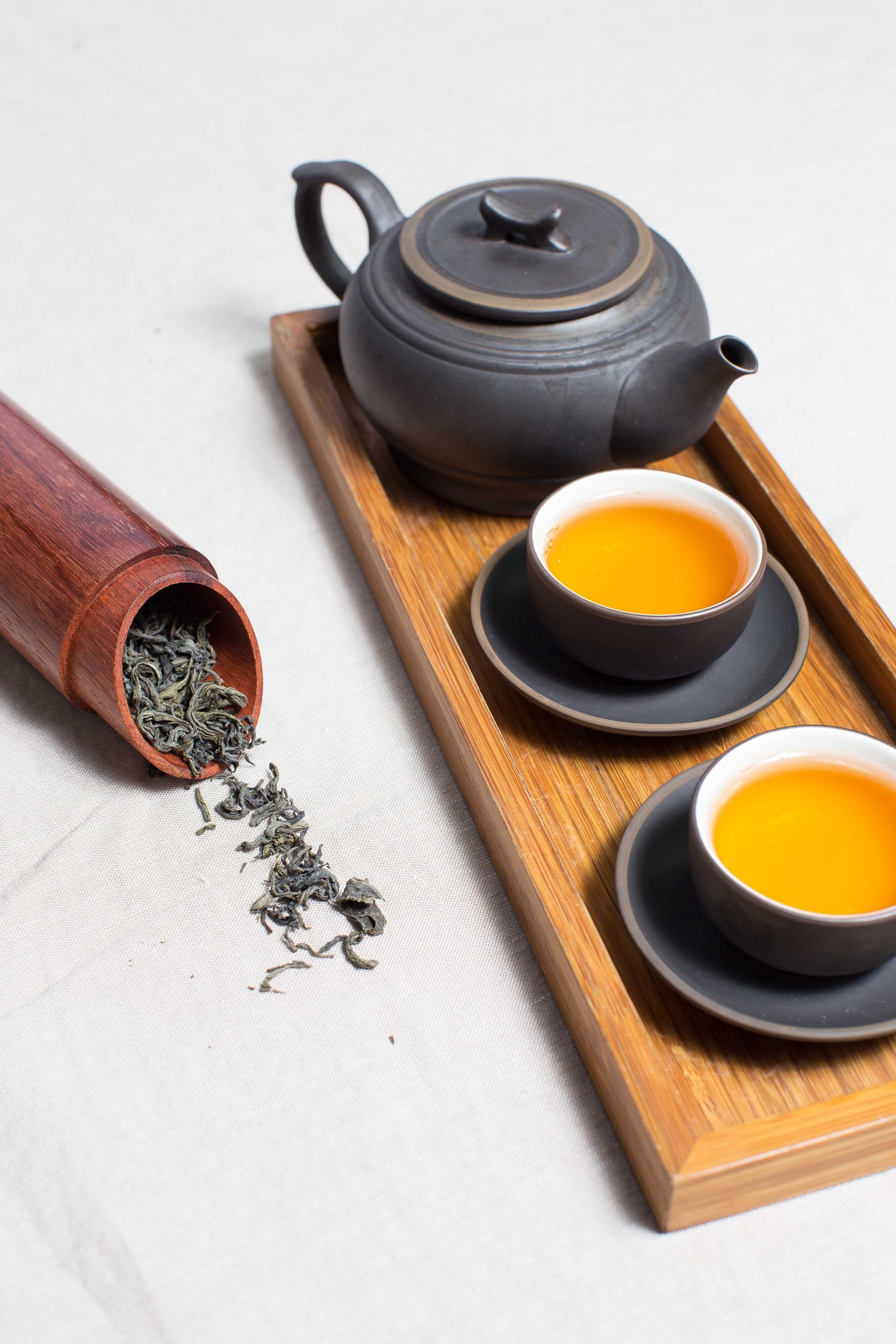Civilisations in China and Japan have been using green tea for medicinal purposes for thousands of years. Green tea is tea in its purest form because tea makers have minimal room to alter its production techniques.
It is absolutely crucial in its manufacturing process to prevent oxidation of the fresh leaf and preserve the natural green color. In most cases, tea farmers will lightly steam fresh leaves from the plant to produce it.
Green tea offers many different leaf styles and flavor characteristics. Without doubt, tea connoisseurs will delight in its transitory tastes and sweet-smelling aromas that are fresh, delicious and uncomplicated.
Tea plantations produce it year-round in subtropical locations, but only at specific times in the warm months in temperate zones. This corresponds to the specific varieties of camellia sinensis grown in these dissimilar places. The quality of the leaf generally relates to the time of year and number of plucks (harvests) per year.
In regions of the world in which the tropical sub varieties of camellia sinensis, such as assam bush or java bush grow, leaf for green tea may be plucked all year-round.


Health Benefits
Drinkers are currently using green tea as a beverage or dietary supplement to relieve digestive symptoms and headaches. It is also used to improve mental alertness and promote weight loss.
Although many studies have been done, researchers still have yet to obtain definite conclusions on its health benefits. However, limited evidence available suggests that it might have beneficial effects on some heart disease risk factors, including blood pressure and cholesterol.
There’s evidence that green tea enhances mental alertness, as would be expected because of its caffeine content. [1]
Read more: 3 Green Tea Tips for Weight Loss
Read more: Antioxidants – Why Do You Need Them?
Grades of Green Tea
The terminology used to designate grades of green tea can differ widely, because no universal standard exists for grading it. Hence, this complexity and lack of standardization can be confusing. For example, some may use the term imperial to designate the top grade of a particular tea. Others may label the same as premium. In brief, tea buyers should seek high quality tea at reasonable prices.
Buyers can find it difficult to know whether a certain tea is more expensive than another because it is overpriced or of a higher grade. There will be no resolution to this because the tea industry cannot possibly codify the thousands of green teas available, so it is necessary to cultivate a relationship with a trustworthy tea brand. As you become familiar with our teas, you will in essence become familiar with our criteria for selection. This will prove to be more valuable to your enjoyment of tea than any complex, universal system of standards could ever be.
However, premium green teas tend to follow a specific plucking standard. Generally, it is plucked early in the spring and have certain country-specific particulars.
Chinese wisdom in the tea garden dictates, “tea that is picked early is a treasured; picked late, it’s trash.
Because it is processed so minimally, the size of the leaf before manufacture has a critical impact on the flavor of the finished tea.
p.s. Shop for our Green Tea Collection.
Classic leaf styles
- Bud-only; sword or sparrow’s tongue
- Budset; sword or twisted needle
- Open or leafy
- Flat of flaky
- Twist
- Spiral or crimped
- Needle or wiry
- Ball or rolled
- Compressed

Taste components
- Aromatic
- Astringent
- Body – varies from light to full
- Bright
- Character
- Clean
- Crisp
- Fresh
- Grassy
- Green
- Herbaceous
- Kelpy
- Lingering finish
- Mineral
- Soft
- Spicy
- Strength
- Sweet
- Vegetal


Steeping Green Tea
The first harvest of teas in the spring season will fill the mouth with fresh, delicious flavors that are sweet and refreshing. Being more delicate than most other classes of tea, green tea requires steeping water that has cooled from the boil. Water that is too hot will force the leaf to become bitter, rather than encourage it to yield the sweetness inherent in the leaf.
Teas from China
- 1 to 2 tablespoons of leafy tea (per 175ml of water)
- 1 to 2 teaspoons for bud tea
- Spring teas: 70 – 75°C
- Other teas: 75 – 80°C
- Steeping time: 90 seconds to 2 minutes
Teas from Japan
-
1 to 2 teaspoons (per 175ml of water)
-
Steeping temperature: 70 – 75°C
- Steeping time: 90 seconds to 2 minutes
Read more: Tea Brewing Instructions
Read more: 3 Green Tea Pairing Tips for Beginner
The Role of Green Tea

CHINA
Green tea has been the most popular form of tea in China since the Southern Song dynasty. In fact, approximately 70 percent of China’s yearly output of tea is green tea. Generally, there are almost ten thousand distinctions of it produced in China’s eastern provinces of Anhui, Henan, Hunan, Jiangsu, Jiangxi and Zhejiang and the western provinces of Sichuan, Guizhou and Yunnan.
China’s most delicious green teas are delicate, fresh, and clean. Some possess vegetal flavors in the cup whilst others are earthy and grassy in style, reflecting the cool climate and austere soil found high in the tea mountains.
JAPAN
Buddhist monks brought tea seeds to Japan in the early 9th century. Most green tea consumed in Japan is produced on this small but intensively farmed country of islands. Japanese tea enthusiasts are deeply connected to the flavor of Japanese tea. They are also rarely attracted to the tea offerings of other countries.
The flavor of Japanese tea is vivid, striking and vegetal, which makes it unique and deliciously refreshing any time of the day. In the cup, the best Japanese teas feature both astringency and controllable attribute of tea that has been finely honed by Japanese tea artisans.
In contrast to China, Japan historically produces only one major class of tea – green tea. Japan’s green teas are usually dark, forest green, thin and needle-shaped. Underscoring this selective focus is the additional fact that Japanese tea makers produce only a scant handful of green tea varieties, a distinction that highly contrasts with that of neighboring China.
Emphasis is not on specific tea gardens or famous mountains, but on distinctions that differentiate the teas from larger geographical areas such as Shizuoka, Kyushu and central Honshu.
We source our high quality Japanese teas from Yame, Japan – highly renowned for their premium quality.
In Japan, tea should exhibit three necessary traits: good aroma, taste and appearance.
Read more: Matcha 101
[1] From National Center for Complementary and Integrative Health, (2016, November). Green Tea. https://www.nccih.nih.gov/health/green-tea

Written by POS
Related Guides
Related
3 Health Benefits of Green Tea
Green tea is one of the most amazing healing remedy this planet has to offer. Here are three remarkable health benefits of including it in your daily diet!Powerful AntioxidantThis is perhaps the most touted benefit of green tea. In this case, the secret is in...
Award Winning Matcha – Know What You’re Drinking
Roleaf Matcha is from Yame, Japan which is is famous for its outstanding gyokuro (jade dew). It is proud of its top production amount of gyokuro green tea (Highest Quality). As much as 45% of all gyokuro available on Japanese market comes from Yame Region. Hence, tea connoisseurs recognize Yame as one of the few production places of highest quality green tea in Japan.
Black Tea Goodness
It is no question that tea lovers tout green tea as THE miracle tea of choice. But what about its counterpart, the black tea? Don’t brush it off just yet. Scientists have discovered a whole host of health benefits linked to it.
